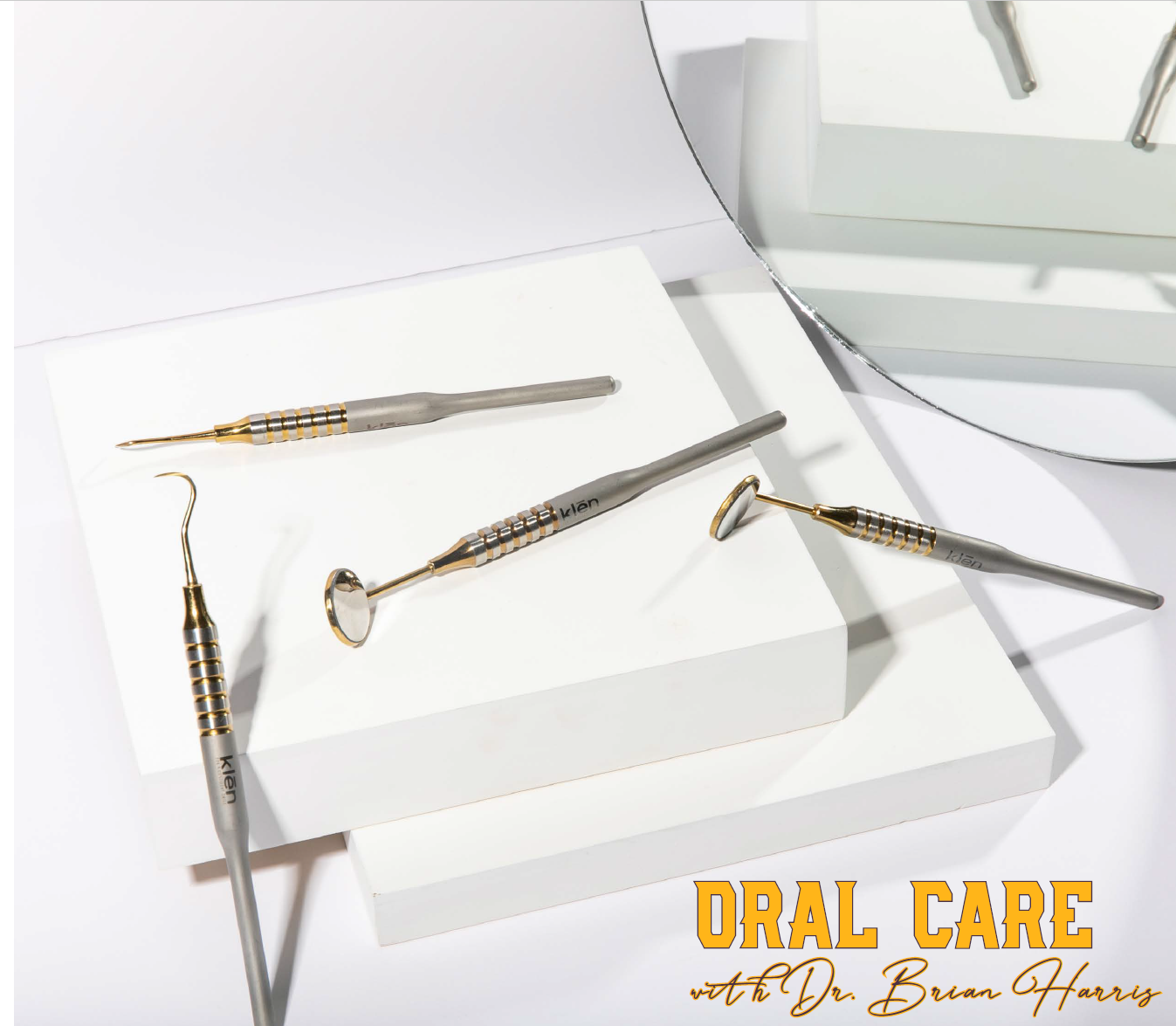Have you ever watched videos of dentists transforming their patients’ teeth? If so, have those clips piqued your curiosity in achieving the same type of smile as the individuals featured in the videos? The good news is that people seeking to enhance their smiles now have a variety of solutions available to them, thanks to cosmetic dentistry.
What Is Cosmetic Dentistry?
While standard dentistry is concerned with the health and condition of a person's gingiva and teeth, cosmetic dentistry focuses on the appearance of a person's teeth, mouth, and smile. Cosmetic dentists have a wide range of equipment and procedures for enhancing the appearance of your smile.
While cosmetic dentistry has seen a recent increase in popularity, it's still not frequently performed. Only a few colleges provide the degree program, and the American Dental Association has yet to acknowledge the industry as a specialty.
Despite this, cosmetic dentists are licensed and well-trained professionals capable of carrying out procedures appropriately. Teeth whitening, dental implants, inlays and onlays, and orthodontic treatment are just a few of the services they provide. The latter is one of the most often performed procedures; it's a treatment that focuses on rectifying a patient's tooth and jaw structure using braces or aligners and is performed by an Invisalign dentist and an orthodontist.
What Can A Cosmetic Dentist Do For You?
There are several reasons someone would consult a cosmetic dentist. After all, they specialize in dealing with dental problems like tooth decay, discoloration, missing teeth, cracked and damaged teeth as well as malformed teeth.
Do you struggle with any of those issues? If you answered yes, these are just some of the many treatments a cosmetic dentist may conduct in order to give you a more confident and attractive smile:
1. Dental Implants
A dental implant procedure is accomplished by implanting artificial tooth roots. Titanium and other materials are used to make the implants. Those are then bonded to your jawbone to mimic the roots of your teeth. Dental implants may be a viable option if you're missing one or more permanent teeth. As a result, your implants will appear, feel, and act just like natural teeth.
2. Teeth Whitening
Teeth whitening lightens stained or discolored teeth. The procedures involved can deliver excellent outcomes even in a short time. While the treatment isn’t entirely complicated, it still requires a highly skilled dentist to avoid damage to the gums.
Once the teeth are cleared of tartar, plaque, and other debris, the teeth's surface will then be bleached to give a whiter and lighter appearance. While over-the-counter treatments such as toothpaste, mouthwash, and teeth whitening strips seem to provide significant results, professional teeth whitening procedures can yield shades anywhere from five to eight times lighter.
3. Dental Veneers
Veneers are thin, tooth-colored shells that are custom-built and bonded to the teeth's front surface. They're in general made of porcelain or a resin-based composite and are bonded permanently to your teeth.
Veneers can be utilized to correct various dental problems such as chipped, cracked, discolored, or undersized teeth. But aside from those reasons, some people get veneers to create a more even, symmetrical smile. Veneers are usually placed on the upper front eight teeth.
4. Dental Bonding
Teeth bonding is a procedure that's used to repair decaying or broken teeth, improve teeth discoloration, cover tooth gaps, contour teeth, and protect parts of the roots of the teeth. It entails the application of a tooth-colored resin substance with the use of adhesives and a high-intensity dental curing light.
5. Tooth Reshaping
Sometimes referred to as dental contouring, this is a simple, inexpensive cosmetic dentistry procedure that corrects an asymmetrical, chipped, misaligned, or broken tooth. It's a short and painless treatment that includes removing a portion of your tooth's enamel to reshape or lengthen the affected tooth. Cosmetic dentists, however, won't conduct this treatment on patients who have decaying teeth, diseased gums, or infected pulp as removing enamel requires healthy teeth and gums.
6. Dental Crowns
A dental crown is fundamentally a cap that fits over a broken tooth. It can be made of various materials such as porcelain, ceramic, or metal. These crowns can be used to prevent a weakened tooth from fracturing or to conceal malformed or badly discolored teeth cosmetically. The longevity of a crown ranges from five to 15 years, depending on the materials; some crowns are longer-lasting than others, so you might want to check what your options are.
7. Inlays And Onlays
When a tooth is severely decayed, inlays and onlays, commonly known as indirect fillings, are ideal. Such fillers are bonded in place by a cosmetic dentist.
An inlay is a filling that's only bonded in a tooth's core or center portion, whereas an onlay is a filling that covers one or more portions of a tooth or the whole surface of the tooth. This treatment is an alternative to a dental crown since it preserves a tooth's natural surface while strengthening and repairing it after decaying.
Endnote
Cosmetic dentistry is growing in popularity as people place greater importance on youth and aesthetics. Since not all individuals are born with naturally beautiful teeth, they can still achieve a stunning smile with the expertise of a cosmetic dentist. Ask your dentist's advice so you can discuss which procedure would be ideal for you depending on your needs.











